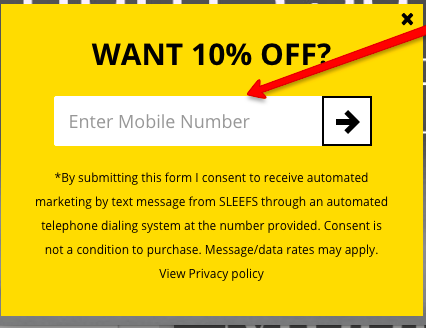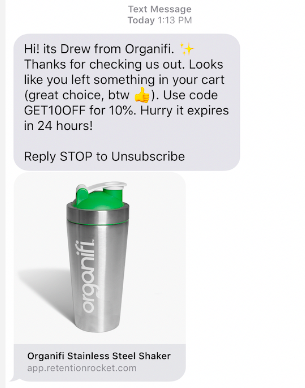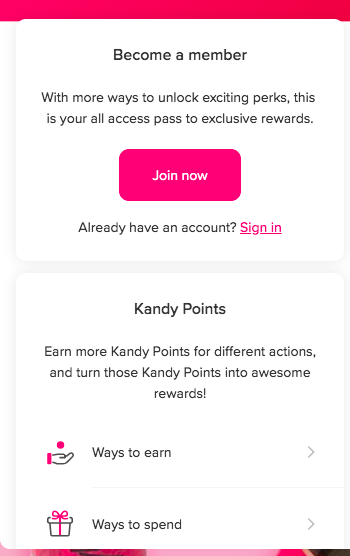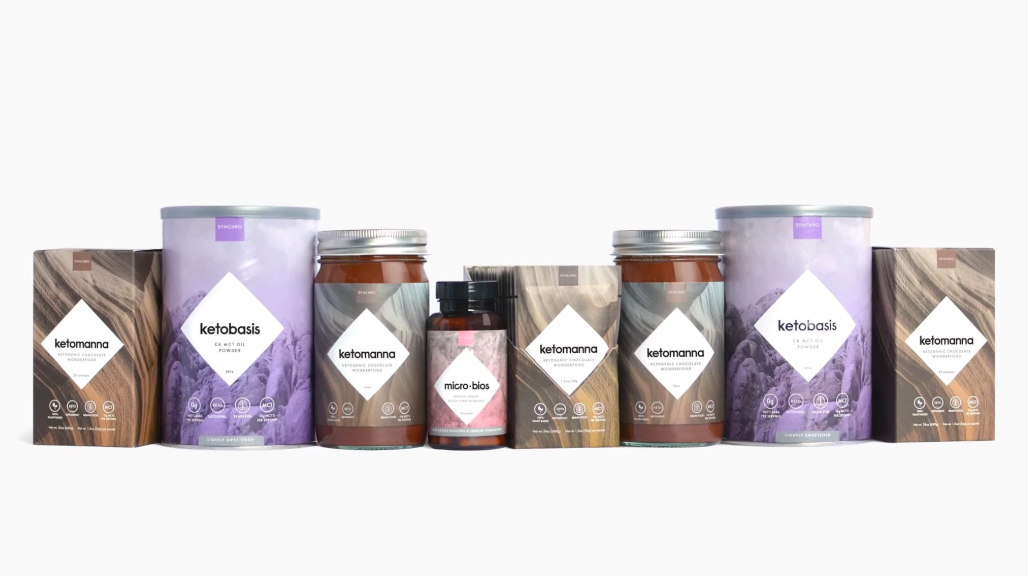Table of Contents
** Minutes
Are SMS messages a useful marketing tool?
SMS marketing boasts big benefits
How to send your first marketing SMS
With text messages getting a 98% open rate compared to 20-30% for email, ecommerce businesses are leveraging SMS marketing to foster deeper relationships with their customers. This marketing channel is extremely useful when done correctly. Read on to learn the basics of using SMS messages in ecommerce.
What is SMS marketing?
SMS marketing is a technique that uses permission-based text messaging to spread promotional messages. In order to receive text messages from an ecommerce business such as specials or new product updates, customers are usually required to opt in to an automated system by texting an initial shortcode.
Think of SMS as your secret marketing tool for getting your audience to further engage with you on their mobile devices. For too many years, ecommerce businesses have been talking at consumers instead of talking to them. SMS marketing allows you to engage with your customers at a personal level.
Are SMS messages a useful marketing tool?
Just like any method of customer outreach, SMS messaging can be highly effective when done right. There is an increasing push to mobile that drives more potential than ever before.
87% of millennials always have their phones
With 87% of millennials having a powerful mini-computer next to them at all times, merchants now have an additional channel to build trust and loyalty with their customer base.
80% of millennials check their phones when they wake up
For 80% of millennials, the first thing they do when they wake up is check their cell phone. Their phones are always handy and ready to be used for everything from finding information to checking the latest social media updates. Plus, open rates for texts vastly surpass email (which dwindles at 24%).
People open texts faster than emails
The average time it takes a recipient to open an SMS text is 3 minutes, whereas the average time to respond to an email is 90 minutes. If you want to send an abandoned cart text, they will open it that much faster and hopefully act quicker.
SMS marketing boasts big benefits
There are plenty of advantages to sending text messages to online shoppers. High-growth ecommerce brands are using SMS marketing for limited time offers, new product launches, cart abandonment reminders, and more.
Easily trackable
Monitoring SMS marketing campaigns is trackable in a similar way you would be able to track your Google Adwords or Facebook campaigns. You can get analytical insights on what works and what does not. Your copy, offer, and conversion rates will dictate what you do next.
High engagement rate
As mentioned above, four out of every five millennials open their SMS texts first thing in the morning, and even more always have their phone on them.
Fast delivery
Text messages have a fast transmission. You can send messages instantly and get clicks within just minutes of sending. You can keep your brand top of mind for shoppers, quickly following when they visited your store or abandoned a cart.
Simple to use for many purposes
SMS marketing for ecommerce is easy to get started and just as easy to start sending messages to shoppers. From sales to full cart reminders, the use cases are endless. It is up to you to get creative to deliver a unique and engaging mobile experience.
How to send your first marketing SMS
When and if you’re ready to launch your first marketing SMS campaign, you as a merchant must familiarize yourself with the rules that allow ecommerce marketers to use this channel.
Thus, the first hurdle in launching your new SMS marketing campaign is getting opt-ins. Vanity shortcodes typically work best for brand recognition and offer the least amount of friction (e.g., “Text YES to Store Name.”)
1. Define you business objectives or goals
If executed properly, SMS marketing will easily become one of your top revenue-generating channels. However, you as a merchant need to define clear KPIs (key performance indicators) that will often centre around metrics like subscriber growth, new revenue driven, and new opt-ins.
2. Start growing subscribers
Your next step is to set a system in place to actually start growing your subscriber list AKA your money list. There are multiple ways to quickly scale your list using paid acquisition tools, email communication to your current subscribers, and more.
Below is an example of using a mini pop-up landing page. This makes it easy on future customers to opt-in to your offers.


3. Segment your subscribers and send the right message
By leveraging your existing buyer data, you can create an SMS marketing drip campaign to target new subscribers with a welcome message, set up an abandoned cart reminder text, or target consumers that haven’t purchased any new items in the last 30 days.
Top 7 SMS marketing strategies and tactics
There are many ways to get started with SMS marketing. Here are some top tips to increase conversions and drive more sales.
1. Use segmentation and tags
Target your customers by using custom segments and tags, just like you would use in your favourite email provider. For example, target customers for an SMS marketing campaign who haven’t purchased in the last 60 days with an average order value (AOV) of $50+.
2. Send abandoned cart reminders
The average cart abandonment rate is about 75%, so you must reduce your chances of missing out on high intent shoppers. Consumers are juggling many things at once, and it’s up to you as a merchant to remind them and make it easy for them to finish checking out.
Below is an example of an SMS cart reminder you can send out.


3. Ask customers a question
Send a poll out to customers or a short survey asking them what they think about your most recent product launch, brand redesign or anything else you feel that would help you with client engagement and acquisition.
4. Start a giveaway
To boost engagement either on your Facebook page or your store page, we’ve seen successful merchants entice customers to join their VIP club and gamify the whole experience.
One easy thing to set up is a mini optimised landing page for your VIP customers to receive special offers and enter giveaways through an exclusive text club.
Employ a bit of FOMO (fear of missing out) by subtly communicating that they will miss out on secret exclusive rewards by not joining.


5. Have clear CTA (call to action) buttons
Try offering limited time promotions or flash sales to higher value customer targets. Many successful merchants will recognise their mobile subscribers as “VIPs” and give them exclusive mobile-only offers or early access to new product launches and/or sales.
6. Write simple, understandable, and short messages
Get to the point and don’t make the text messages too long. Don’t be afraid to use emojis whenever possible to engage the customer and make the offering and the message that much more personalised.
7. Send it at times when customers will be able to act
Be strategic on the timing of your automated SMS marketing campaigns to ensure that you stay top-of-mind, even after the consumer has left your site. Avoid sending in the middle of the night and try testing when your audience is most responsive.
Conclusion
The state of ecommerce continues to evolve as the landscape becomes more competitive. Merchants are dually pressured by increased ad costs and new online competitors. As a consequence, teams are getting leaner, larger merchants are cutting staff, and smaller startups are comfortable running lean and leveraging technology to achieve results with less.
Traditional enterprise marketing software is designed and made for large teams who come up with grand plans and have large upfront cost campaigns and technology investments. The new breed of advanced and fast growing merchants want software that just works.
That’s why at Retention Rocket, we’ve added SMS capabilities to our omnichannel platform. With automated mass messaging, two-way communication, customer alerts, and send response capabilities, you can interact with customers and prospects on a more personal level.
Asking the consumer for permission is the kick starter, and from there you can determine certain workflows based on online consumer behaviour of not only when to send, but what message to send to them.
Are you an online brand in high-growth mode? Partner with a 3PL like ShipBob for affordable, fast order fulfilment.



